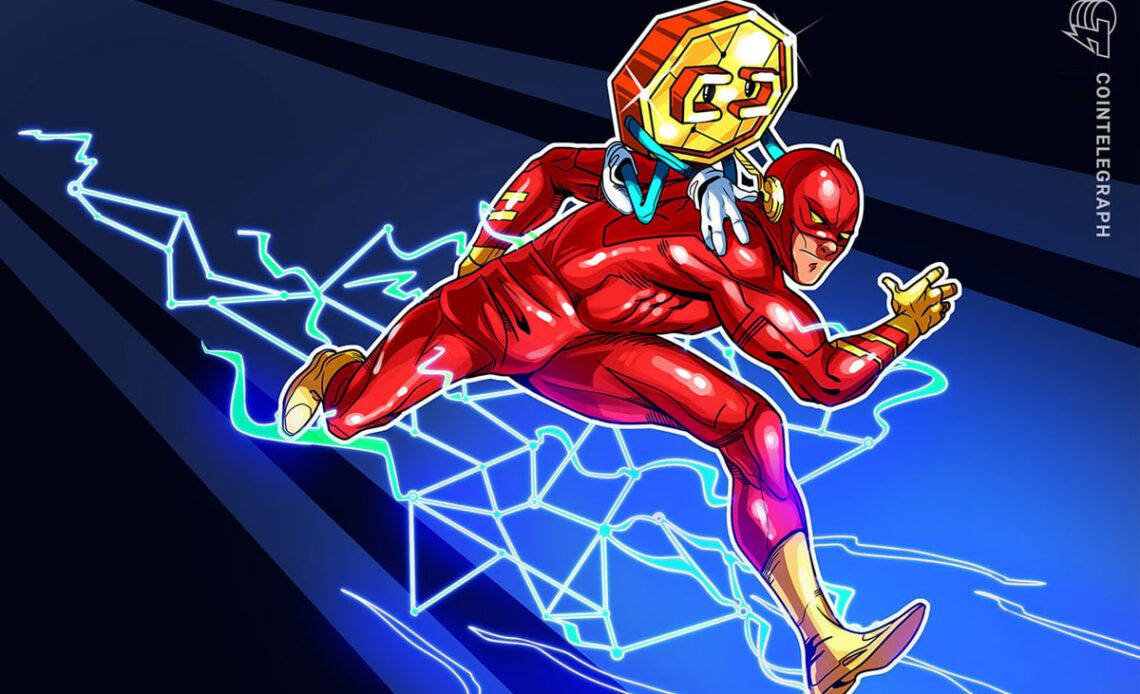To send and receive payments on the Lightning Network, users must first set up a Lightning wallet and fund it with Bitcoin. From there, they can create payment channels and start transacting. This article will guide users through the process, from setting up their Lightning wallet to making their first Lightning payment.
What is the Lightning Network
The Lightning Network (LN for short, or simply “Lightning”) is a decentralized system for instant, high-volume micropayments that prevents users from delegating custody of funds to trusted third parties. It is a layer-2 protocol — a computer network built on top of the Bitcoin base layer (layer 1), the actual blockchain. The Lightning Network uses the Bitcoin base layer’s high protection standards to secure the network.
Bitcoin is a payment system designed to be slow, and its transactions are finalized in as long as one hour; this is because Bitcoin assembles transactions into blocks spaced on average 10 minutes apart, and payments are considered secure after confirmation of six blocks, which is about one hour. This is not ideal for micropayments and smaller transfers that are typically inefficient due to high base-layer fees.
Imagine people waiting one hour to pay for a coffee or a train ticket when they scan their phone through the station gate. The high fees add up to make the whole payment process clunky, inefficient and too costly for everyday Bitcoin network transactions.
The Lightning Network solves these problems as one of the first implementations of a multi-party smart contract using Bitcoin’s built-in scripting. On the Lightning Network, payments are instant, atomic and are not recorded on the blockchain; therefore, they don’t require block confirmations to finalize. Lightning can be used by retailers for their point-of-sale terminals, by individuals for device-to-device transactions such as remittance payments, or whenever instant payments are needed without the validation of third parties.
The Lightning Network allows users to quickly send and receive Bitcoin (BTC) with virtually no or minimal fees while achieving a throughput (message delivery rate) of approximately 1 million transactions per second (TPS). Compared to Solana, with 65,000 TPS, or even Visa, which has the infrastructure to process around 24,000 TPS, the Lightning Network is by far the fastest payment method available.
To meet the increasing demand for Bitcoin payments and micropayments, the network will need to support a…
Click Here to Read the Full Original Article at Cointelegraph.com News…
